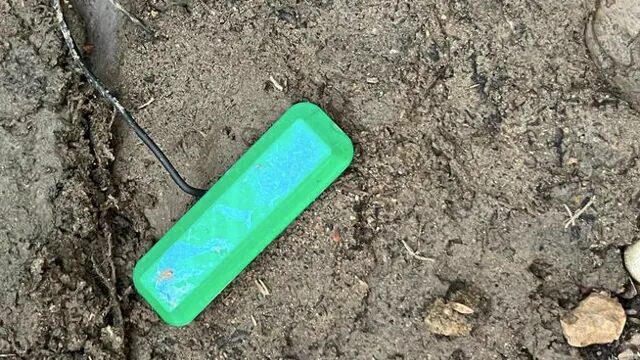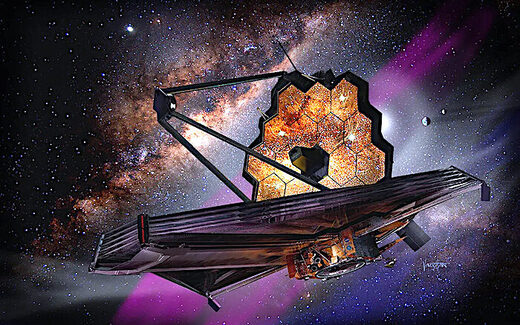
A team from Northwestern University in the US say the book-sized unit could be used to power sensors used in farming, as well as remote devices in the Internet of Things (IoT).
The technology works by generating electricity from naturally-occurring bacteria within the soil, offering a sustainable and renewable alternative to toxic and flammable batteries.
"These microbes are ubiquitous; they already live in soil everywhere," said George Wells, an associate professor of civil and environmental engineering at Northwestern University.
"We can use very simple engineered systems to capture their electricity. We're not going to power entire cities with this energy. But we can capture minute amounts of energy to fuel practical, low-power applications."
The soil-based microbial fuel cell (MFC) is based on a 113-year-old technology first developed by British botanist Michael Cressé Potter, who was the first person to successfully generate electricity from microorganisms.
It took until the 21st century for the first commercial applications to be proposed, with Foster's Brewing using a prototype to convert the yeast in brewery wastewater into electricity.
The latest fuel cell was tested in wet and dry conditions to power sensors measuring soil moisture and detecting touch, outlasting the power of similar technologies by 120 per cent.
"The number of devices in the Internet of Things (IoT) is constantly growing. If we imagine a future with trillions of these devices, we cannot build every one of them out of lithium, heavy metals and toxins that are dangerous to the environment," said Northwestern alumnus Bill Yen, who led the research.
"We need to find alternatives that can provide low amounts of energy to power a decentralised network of devices... As long as there is organic carbon in the soil for the microbes to break down, the fuel cell can potentially last forever."
The research was published in the journal Proceedings of the Association for Computing Machinery on Interactive, Mobile, Wearable and Ubiquitous Technologies on 12 January.





Comment: This might not revolutionise where we source our energy in the short term, but it might take us one step further in understanding the workings of nature, and how we can work with and harness that to our advantage: Tomato plants send electrical signals to each other through fungi